From Oil Vehicle Dominance to Bronze Age: Will Joint Venture Automakers Harness Chinese Technology to Redefine Their Fate?
![]() 08/04 2025
08/04 2025
![]() 519
519
How Can Joint Venture Automakers Reverse the Tide?
A decade ago, posing this question would have seemed absurd.
Yet, in 2025, it has emerged as a formidable challenge confronting joint venture automakers who have long contended in the Chinese market.
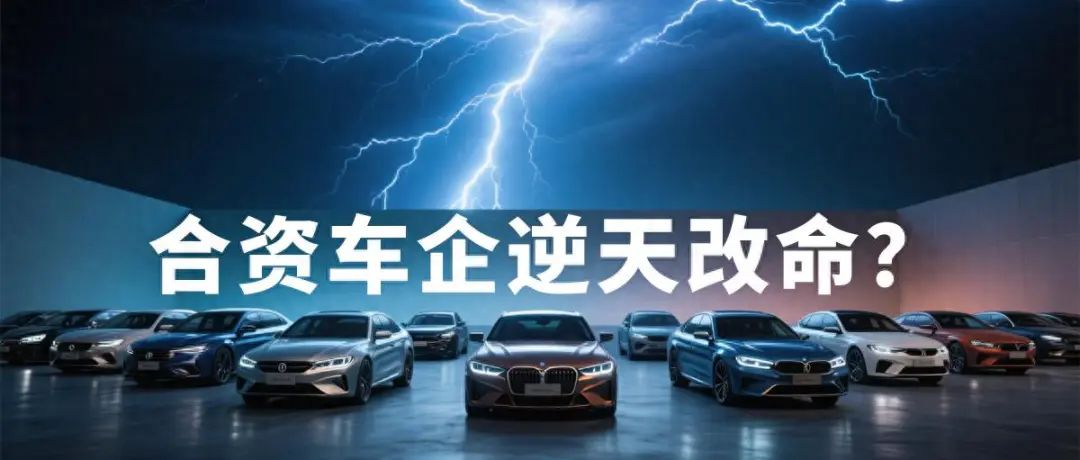
Prior to 2014, joint venture brands commanded an overwhelming 70% of the market share, leaving independent brands struggling for survival. A mere ten years later, in 2024, their annual sales plummeted below 10 million units, and their market share dwindled to under 35%. By the first half of 2025, despite an uptick in sales for many joint venture automakers, their market share had slipped to around 30%. The once-dominant players now face a precipitous decline in their market share.
Past Glory Becomes a Shackle, Transformation Pain Exceeds Expectations
News of layoffs, plant closures, and capacity reductions have been relentless. The aura of the fossil fuel era is swiftly fading amidst the electric vehicle revolution. Joint venture automakers, once complacent, now confront a harsh reality: their past successes make their transformation all the more arduous. Stemming the losses and recovering lost ground has become a matter of survival for all joint venture automakers.
Over the past two decades, joint venture automakers fortified their position in the Chinese market with mature engine and transmission technologies, alongside a robust dealer network. High brand premium, stellar user reputation, and extensive after-sales systems combined to keep them atop the sales charts for extended periods.
However, these once-proud assets have transformed into heavy shackles in the new energy landscape. Many joint venture automakers initially opted for "oil-to-electric" transitions or directly introduced global platform models to the Chinese market. Both strategies encountered significant hurdles. The former was seen as a technical compromise, failing to meet consumer expectations for dedicated electric platforms; the latter quickly lost ground in fierce local competition due to its disconnect from Chinese market demands. As China's new energy market penetration soared from less than 6% to over 50%, joint venture brands collectively lost momentum and missed the window of opportunity.
Particularly at the Shanghai Auto Show in April 2023, independent brands showcased cutting-edge technologies like LiDAR, 800V platforms, and urban NOA, while joint venture brands grappled with balancing global standards with Chinese demands. The deeper their success in the fossil fuel era, the more acute the pain of the new energy transformation—a reality all joint venture automakers must confront.
Breaking Out of the Cocoon with Localization, Exchanging Chinese Technology for Global Market Access
When past successful strategies falter in the new energy era, the best course for joint venture automakers is to relocate all decision-making, research and development, and supply chain management to China. From merely introducing mature technologies to deeply integrating into China's industrial chain ecosystem, building a localized system encompassing research and development, production, and services. By establishing local R&D capabilities and synergizing joint ventures' strengths in branding, quality, and chassis tuning with China's leading intelligent technology providers, the dual bottlenecks of cost and experience can be overcome.
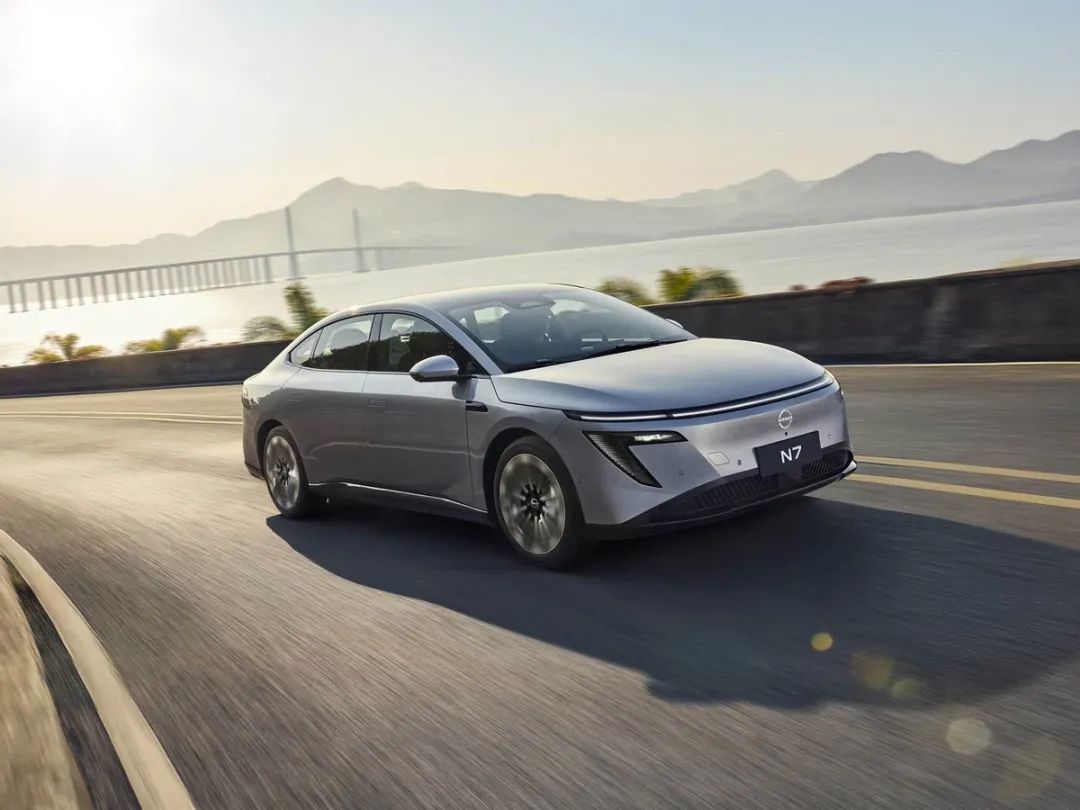
Indeed, over the past year, numerous models bearing joint venture brand logos have adopted substantial local technology and supply chains. For instance, Dongfeng Nissan's N7 chose not to continue with the Nissan global platform but was entirely defined by the Chinese team and built on the local supply chain. High-level intelligent driving, smart cockpits, and comfortable configurations make it highly competitive in its segment. Within just one month of its launch, orders surpassed 20,000 units, earning it the industry moniker of "the least Nissan-like" Nissan car.
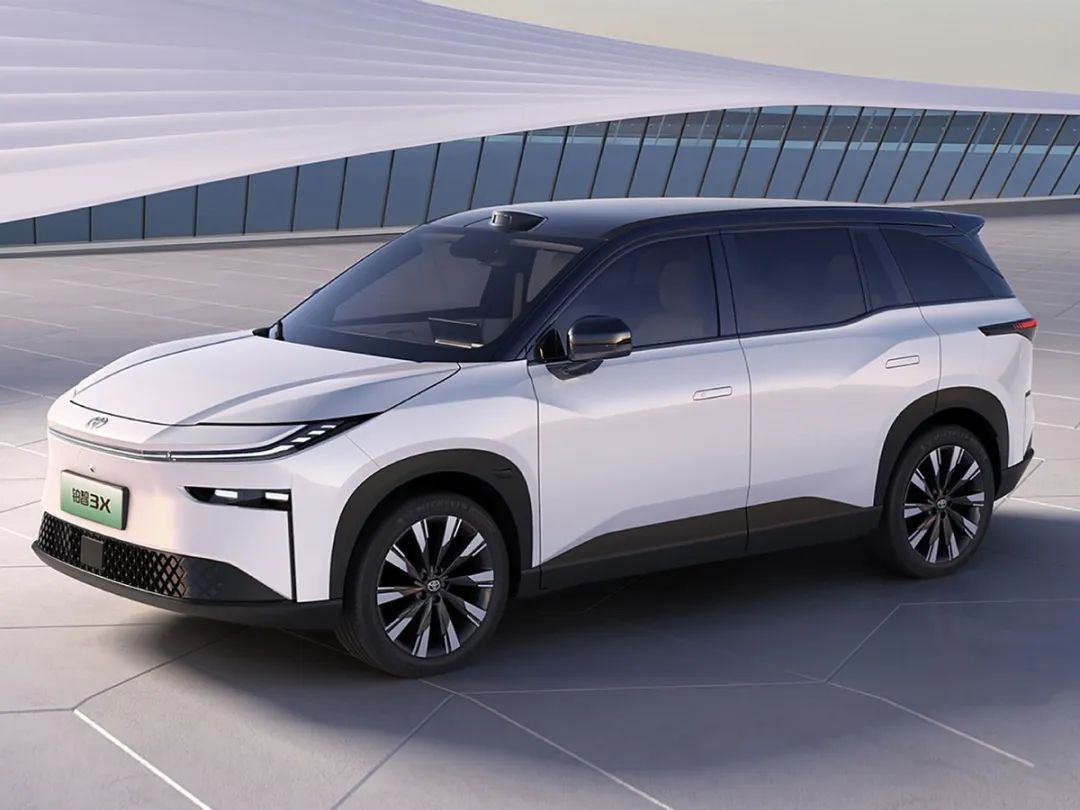
Toyota, another Japanese automaker, has also chosen to entrust 100% of its pure electric models in China to the local team. Upon launch, the Bezhi 3X received 15,000 large orders in its first month, setting a record for the fastest sales ramp-up of a Toyota electric vehicle in China. Led by Toyota's China Research and Development Center (RCE), the cockpit, intelligent driving, and three electrics were co-created with Chinese partners, shortening the development cycle by 40% compared to the process at the Japanese headquarters. The subsequent bZ5 was produced at Tianjin's "Zero Waste Factory," with navigation-assisted driving, biometric monitoring, and five-layer battery protection all tailored for Chinese road conditions and driving habits. The strategies of Nissan and Toyota prove that by delegating real authority to the Chinese team, traditional giants can also produce "hit electric cars."
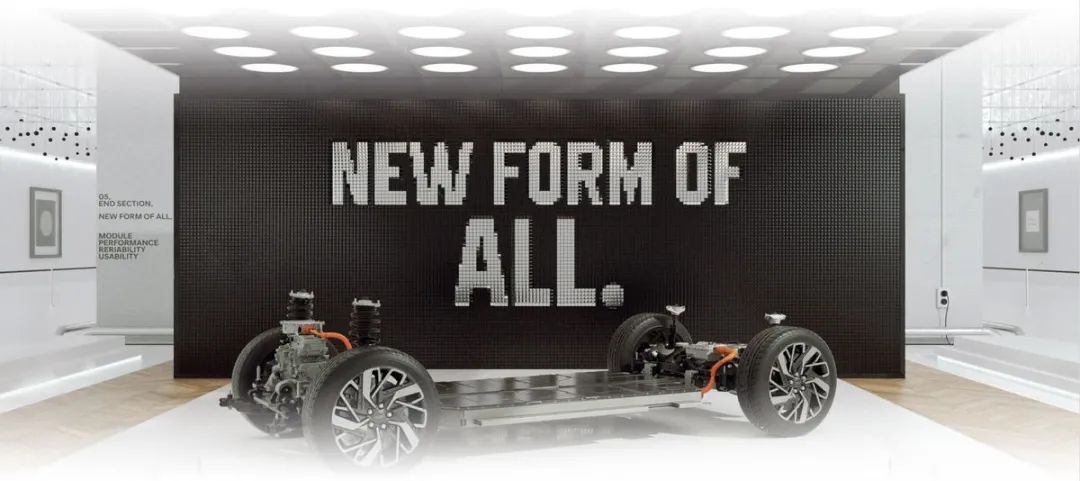
Beijing Hyundai also attempted to introduce Hyundai Motor's pure electric platform EGMP but struggled with the high cost. Learning from its mistakes, Beijing Hyundai opted to jointly develop a new electric platform with Beijing Automotive Group, aiming to integrate local supply chain resources to control costs.
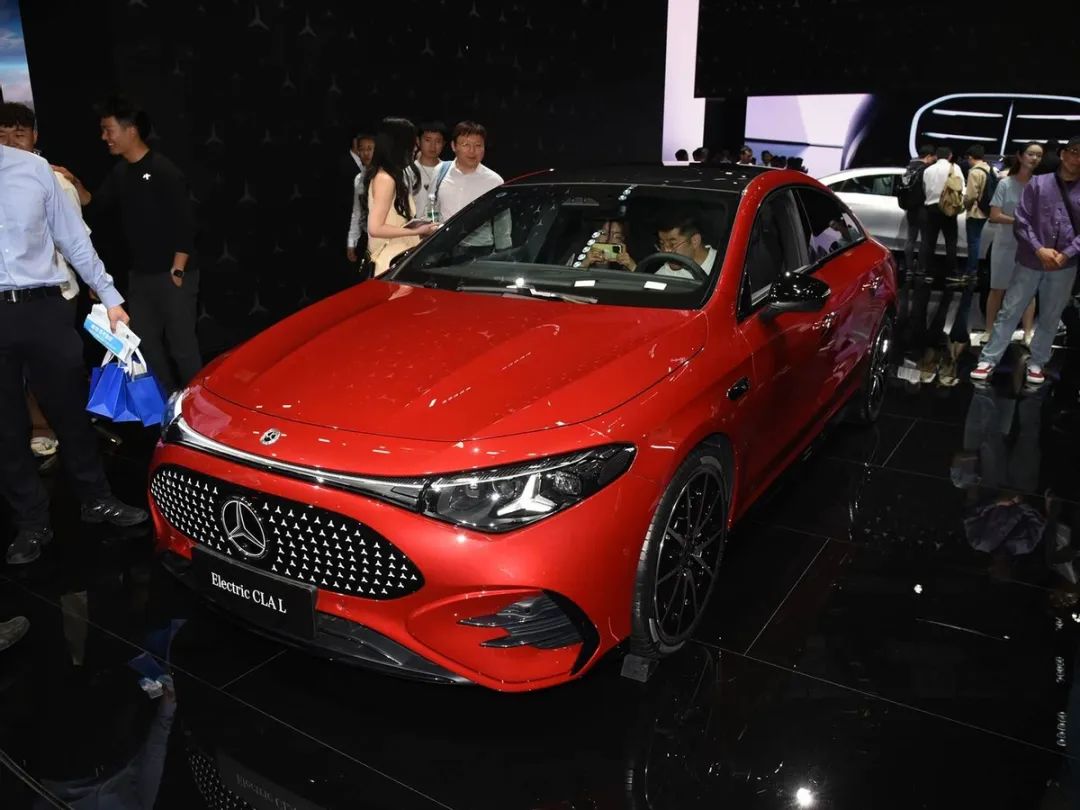
Furthermore, the first model of Mercedes-Benz's localized MMA platform, the pure electric long-wheelbase CLA, is equipped with the world's first electric two-speed transmission, combined with the NVIDIA Orin X chip to achieve intelligent assisted driving from parking spot to parking spot. Volkswagen has launched three concept cars specifically designed for China: ID.ERA, ID.AURA, and ID.EVO. Their advanced driver assistance systems are custom-developed by the joint venture Koradi, featuring anthropomorphic multi-scene interaction capabilities.
It is evident that supply chain localization is becoming the linchpin for joint venture automakers to break the deadlock, leveraging local industrial chains to shorten development cycles and address the shortcomings of directly replicating global models without a deep understanding of Chinese demands. Although these attempts have not yet fundamentally altered the low penetration rate of joint venture new energy vehicles, they are already injecting new dynamics into the market.
Will New Joint Venture Forces Be the Next New Force?
Localization, however, is not the ultimate goal; building a new type of joint venture ecosystem across all dimensions is crucial for long-term development. The future winners will undoubtedly be new forms that harmonize the innovative edge of "new forces" with the systemic prowess of traditional automakers.
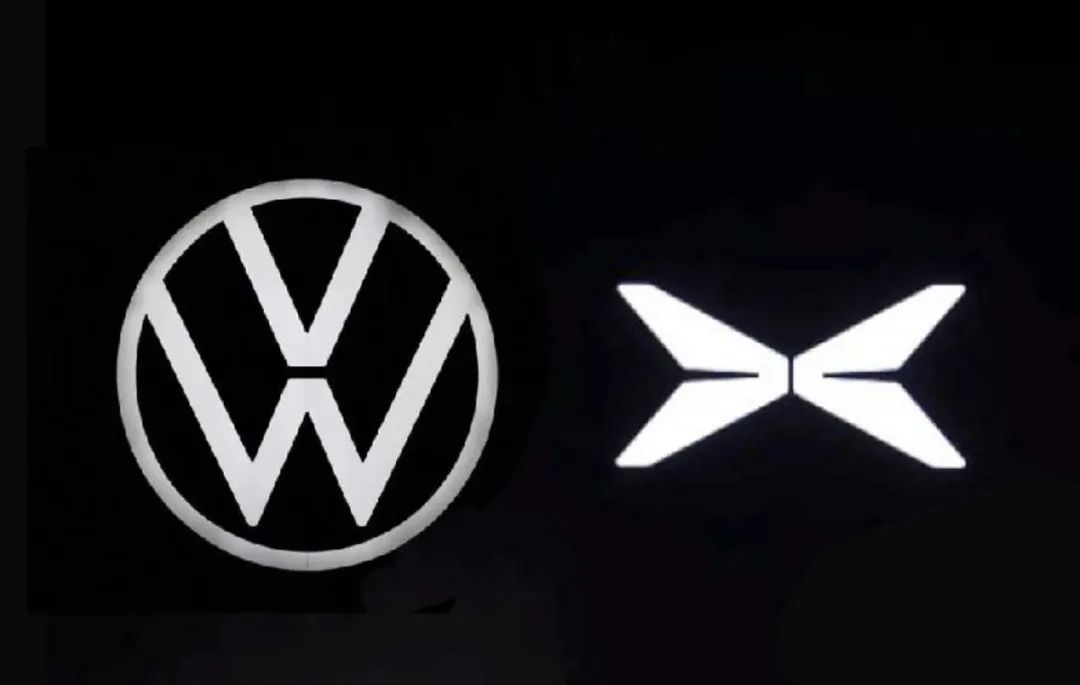
The collaboration between XPeng and Volkswagen exemplifies "new joint venture forces." In July 2023, the two companies established a cooperation intent, and by December of the same year, Volkswagen officially acquired a 4.99% stake in XPeng. In subsequent cooperation, they jointly developed a new generation of Electronic Electrical Architecture (EEA) and engaged in in-depth software collaboration. This partnership enabled Volkswagen to swiftly master China's intelligent electric technology, bridging its intelligence gap; XPeng, on the other hand, bolstered its international competitiveness through Volkswagen's global resources and brand influence, jointly charting a new path for technological transformation that is equitable, mutually beneficial, and complementary in strengths.

Beyond partnering with domestic emerging automakers, increasing investment in local R&D and building an independent technology system are equally vital. In 2025, BMW announced an additional investment of 15 billion yuan in its Shenyang production base to construct a new R&D center and production facility, focusing on the R&D of electrification, intelligence, and autonomous driving technologies, aiming to provide more competitive products for the Chinese market. The R&D center will collaborate with the Munich headquarters to foster the sharing of global technical resources. It will concentrate on breaking through key technological domains such as battery technology and autonomous driving algorithms, with expectations to launch a series of new technologies and products with independent intellectual property rights within the next 3 to 5 years.
Conclusion
The future winners may neither be traditional joint venture automakers nor purely new forces but rather "new joint venture forms" that meld the best of both worlds. Such enterprises possess the quality systems, financial might, and global channels of multinational brands, coupled with the decision-making agility, supply chain flexibility, and user insight capabilities of local teams. When the organizational structure, decision-making process, and product logic are fully localized, joint venture brands transcend being a mere amalgamation of "foreign technology + Chinese market" to become hybrid entities that blend traditional heritage with the agility of new forces. In the next five-year window, those who can spearhead this genetic recombination will reclaim a firm foothold in the Chinese market and expand their influence globally.





